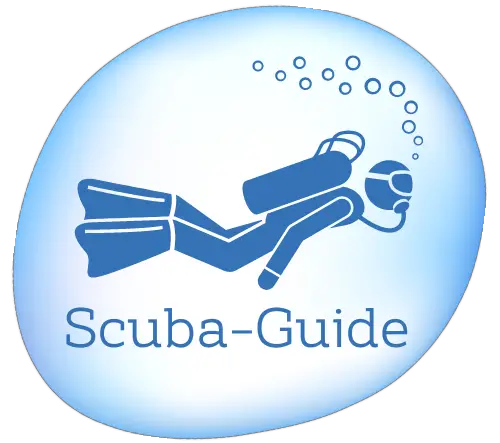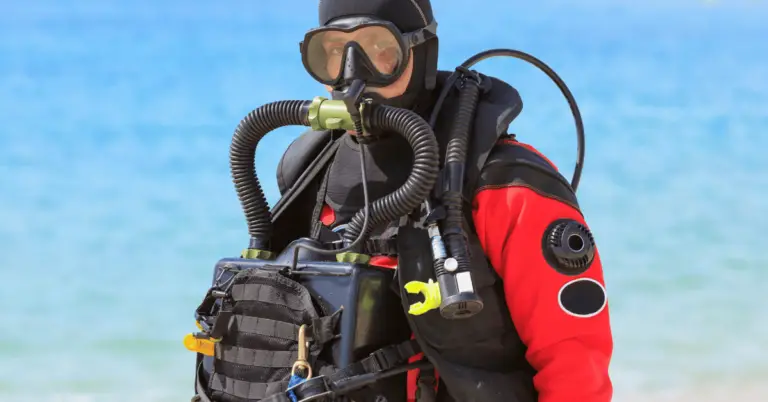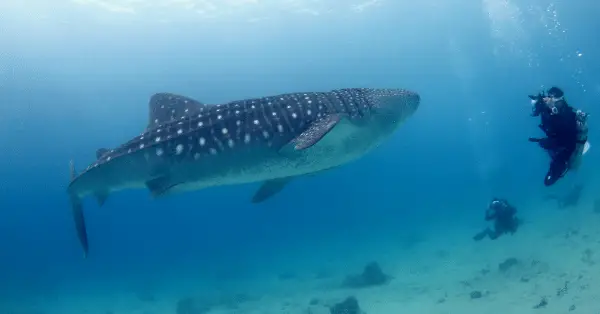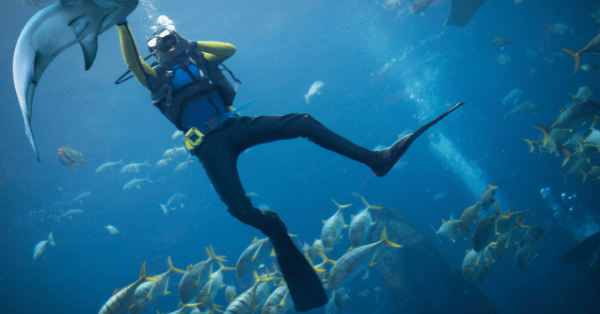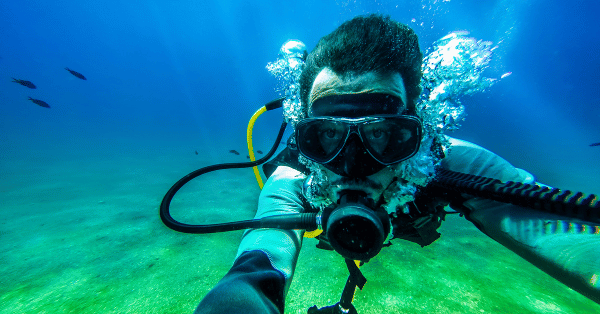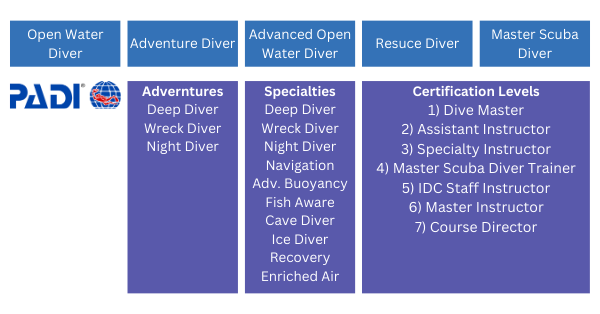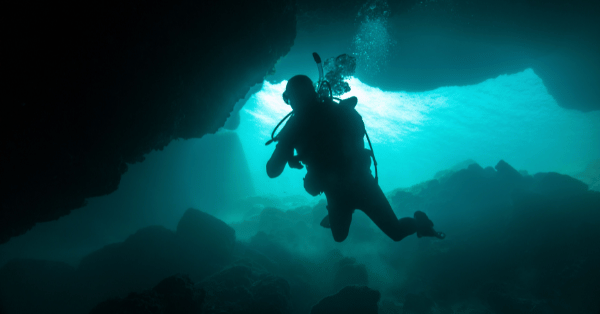Scuba Diving Safety: A Guide to Understanding Underwater Currents
When you’re diving underwater, it’s important to be aware of the currents that can exist. These underwater rivers can carry you away if you’re not prepared. In this blog post, we will discuss what underwater currents are, how they form, and some tips for scuba divers on how to stay safe in them.
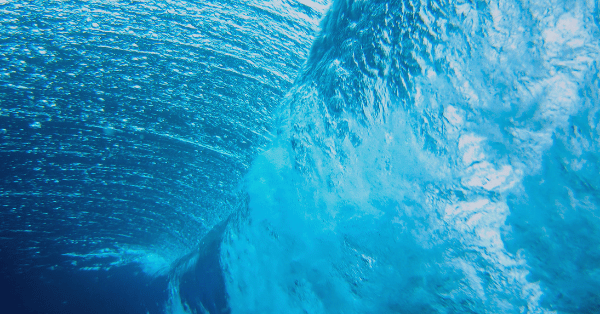
What are underwater currents? (Definition)
Underwater currents are streams of water that flow through a body of water, such as an ocean or a lake. These currents can be formed naturally by tides and winds, or they can be created artificially from dams and other human-made structures. In either case, underwater currents can create strong flows that can carry scuba divers away from their intended destination if they are not careful.
How do underwater currents form? (Formation)
Underwater currents can be caused by a variety of factors, including the gravitational pull of the moon and sun, changes in water temperature, and differences in salinity or density between areas. For example, during a high tide, the gravitational pull of the moon creates a current that pulls water toward the shore. Conversely, during a low tide, the gravitational pull of the sun creates a current which pushes water back out to sea.
Underwater currents can also be created artificially by dams and other human-made structures. These structures may block off part of the ocean or lake, creating a pressure differential that creates a current.
6 safety tips for scuba divers to stay safe in underwater currents
When diving in areas with strong underwater currents, it is important for scuba divers to take certain precautions to ensure their safety.
- First, it is important that divers understand the local currents and plan their dive routes accordingly.
- Additionally, divers should ensure that they have the proper gear for dealing with currents. This includes fins with enough power to combat the current, weights, and a dive computer or compass to help with navigation.
- Third, staying as low as possible to the ground or natural objects like rock formations or coral reefs will help. Currents are usually stronger the closer you are to the surface.
- Related to the previous point, good buoyancy control is helpful to stay below the currents or close to natural formations where underwater currents are weaker.
- Know and watch your air consumption. Fighting against a strong or even mild underwater current takes a lot of energy and hence, consumes more air than you usually need for a similar dive without any current.
- Finally, divers should stay even closer to each other. Check in with your dive buddy more often and stay in proximity to the entire group. Communicate each other’s air pressure levels regularly.
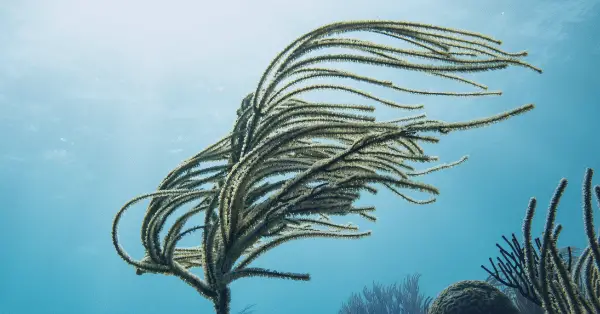
What’s the so-called wash machine while scuba diving?
The term ‘wash machine’ is scuba diving slang used to describe an area of water with strong, swirling currents. The effect of these currents is similar to a washing machine, with strong turbulence and eddies that can cause disorientation and confusion for divers.
Often those strong currents are part of a drift dive – well planned out before the dive. Divers just drift with the strong current until it’s ending or if they descend below the underwater current level. To keep safe in these areas, divers should take the safety tips outlined above and be especially careful not to get sucked into any powerful vortices.
What to do when I get caught in an underwater current?
If you find yourself caught in an underwater current, the best thing to do is to remain calm and not panic. Some currents can be strong enough that it will take a great deal of effort to swim against them. It’s important to conserve your energy and ensure that you have the necessary air supply for any extended swimming.
The next step is to use your fins to swim against the current at an angle. This will help you make progress more slowly and steadily against the current rather than trying to swim directly against it, which might be impossible. This is one of the reasons why scuba divers must stay fit for scuba diving.
Finally, if you are still struggling in the current, signal for help from your dive buddy or other divers in the area. If you get separated from your dive buddy or group, don’t look for more than 5 minutes and ascend to the surface. If you are low on air, don’t start your search and start your ascend immediately. Use your navigation gear – if available – to stay as close as possible to the dive plan.
When you are back at the surface, inflate your BCD, remain calm, and try to gain attention by using a whistle, diving flag/inflatable surface alert marker, or shouting for help, if you see a boat nearby.
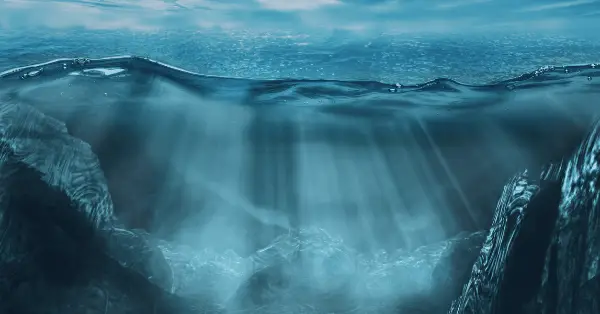
What to do if your dive buddy gets caught by an underwater current?
If your buddy gets caught by a deep ocean current, try to stay as close to her as possible. Try to get the attention of the remaining group, as well.
The next best thing you can do is to make sure your buddy stays calm. Signal that you are there for their support, and you both (all) will get out of this obstacle.
Conclusion
Underwater currents can be exciting and enjoyable for scuba divers, but they also present certain dangers. It is important to understand the local current conditions before diving and to take necessary precautions such as proper gear and good buoyancy control. When caught in a current, it is important to remain calm, conserve energy, and use fins to swim at an angle against the current. It is also important to signal for help and ascend to the surface in case of emergency. Finally, if a dive buddy gets caught by an underwater current, it is important to stay close, signal their presence, and make sure they remain calm so that everyone can safely get out of this situation.
Understanding underwater currents are essential for scuba divers who want to stay safe while exploring the depths of the ocean. By preparing with the right gear, planning ahead, and being alert while diving, scuba divers can safely enjoy all that the underwater world has to offer.
